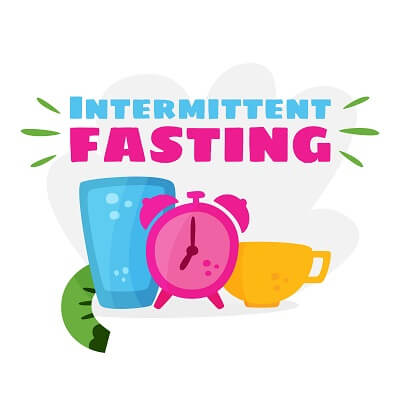Fasting is one of the methods to allow your body, especially your stomach, to heal after a certain illness. In ancient Indian customs, most rituals required fasting, and it is proven beneficial for health. However, in recent times, intermittent fasting is on the rise because it promotes weight loss. In simple words, it means that you control the amount of times you have food and don’t have to worry about counting the calories on everything you eat. There are different types of intermittent fasting. You have to first, consult a doctor and also listen to your body before choosing the right one.
3 Common methods of intermittent fasting
- TRE (Timing restricted eating)
- 5: 2 Diet: Fasting for any 2 days of the week, where the 2 days meal must be less than 500 calories.
- 12 hours fast: No meals or snacks in 12 hours. You can include the period of sleep during this time.
- 16 hours fast: Fast for 16 hours and eat for 8.
- 20 hours fast: Just one large meal at night and only fruits and vegetables during the day.
- 24 hours fast: This is similar to 5:2. During the fast, you may have tea, water, and zero calories drink.
- Skipping one meal a day: Good for the beginners.
- Alternate day fasting: On the day of fasting, you can take less than 500 calories and eat as usual the next day.
If you are suffering from diabetes or any chronic illness, always take doctors suggestion before fasting. While intermittent fasting is a good choice if you are struggling to lose weight, there are risks involved. Hence, it is important to keep your body hydrated during the fast. During the fast, it is better to avoid any stress-related activities as it will make you crave more food. For best results always maintain a healthy diet.








